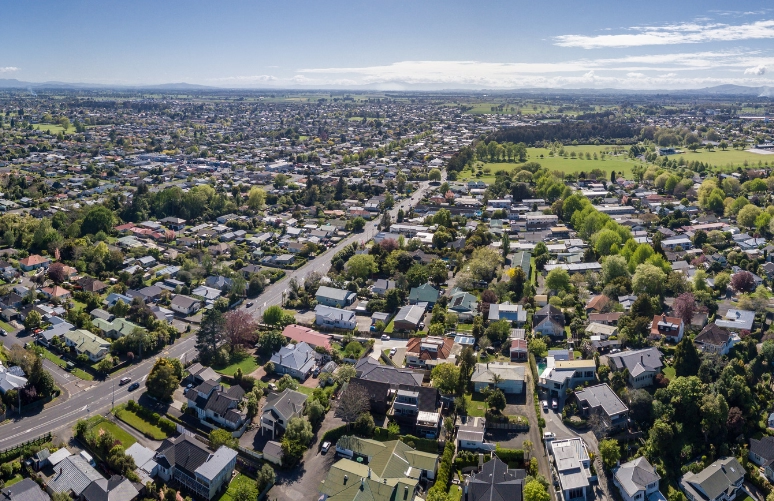Hamilton mayoral candidate Sarah Thomson says it’s time to address the long-standing under-investment in community facilities in Hamilton’s southwest.
“We’ve known for a long time the southwest has needed investment, and we often hear from residents in Bader, Glenview, Melville and Deanwell who feel their neighbourhoods haven’t had their share of Hamilton City Council’s spend on community facilities,” she says.
Thomson says the population growth projected for Hamilton’s south, particularly with developments like Peacocke, presents a significant opportunity to invest in infrastructure serving both new and existing residents — particularly those in the southwest.
“We’re expecting another 20,000 people to live in Peacocke in the future, and the Government’s Fast Track regime may also lead to further developments in the city’s south.
“That projected growth is both exciting and challenging,” says Thomson, who during this council term has chaired the Strategic Growth and District Plan Committee.
“We need to make sure our community facilities meet the demands of that growth, and it’s important our investment is spread fairly and evenly across the city,” she says. “Existing residents in our older suburbs should also benefit from the city’s growth.”
Thomson says the ageing Glenview Library and a shortage of indoor court space are examples of where investment is needed in the city’s south. According to analysis done by Sport Waikato, Hamilton needs an additional eight indoor courts to meet demand from sports like basketball, badminton, indoor football and volleyball.
“These facilities are core infrastructure,” says Thomson. “They provide opportunities for connection, and for staying active and healthy.”
Thomson sees partnerships as the key to ensuring any upgrades or new developments are affordable for ratepayers.
“Partnerships with government, community, other councils, and commercial organisations are vital because the Council can’t afford to do it alone. We already have good models to build on.”
Thomson cites The Peak in Rototuna as a successful example, with a partnership between the Ministry of Education and Hamilton City Council leading to shared-use indoor courts.
“The courts are generally used by the school during school hours and by the community outside of school hours. It makes a lot of sense to maximise what we have.”
She also highlights the success of Te Kete Aronui – Rototuna Library, which has far outperformed other Hamilton libraries in terms of visitor numbers.
In the past year, the Rototuna Library had 400,000 visits – more than twice the visits of the next most popular library, Chartwell, with around 160,000 visits.
“Rototuna shows what’s possible when we build more than just a library. Leasing space to a café, for example, helps with operating costs and creates a more vibrant, well-used community space people enjoy.”
Thomson says funding for future community facility developments sits in the later years of the city’s current Long-Term Plan, and she would like to see some of this funding brought forward.
“We’ve invested in the north where we’ve had dramatic growth. Now it’s time to meet the needs of the southwest, where residents have been really patient in waiting for progress.”
